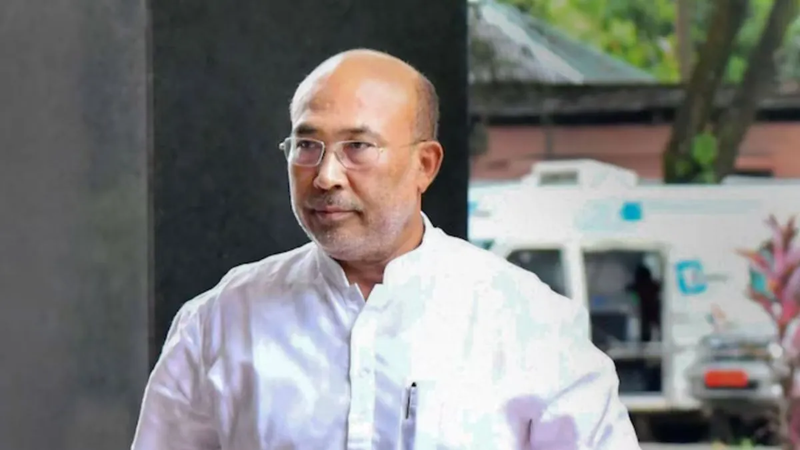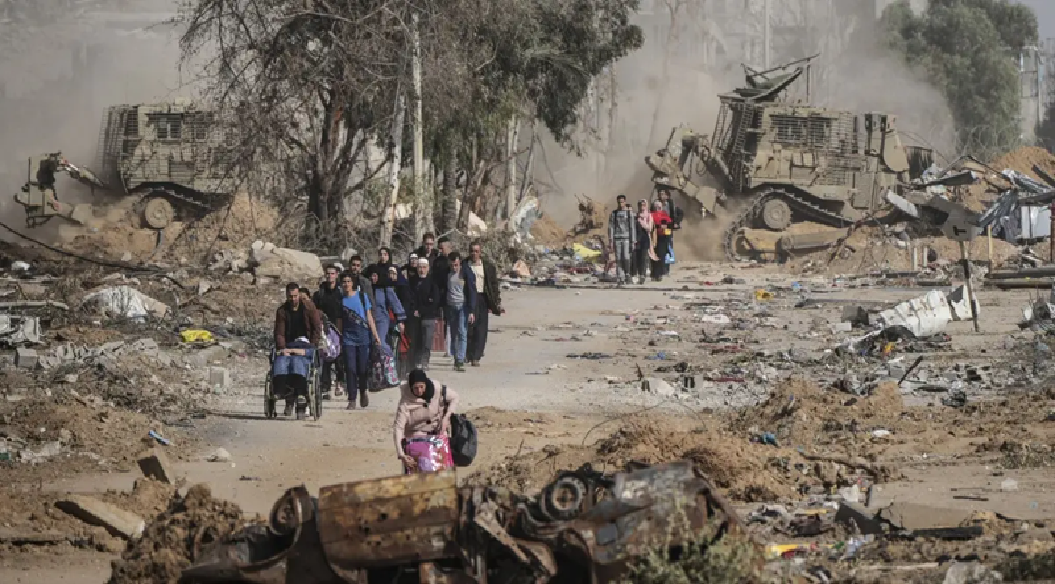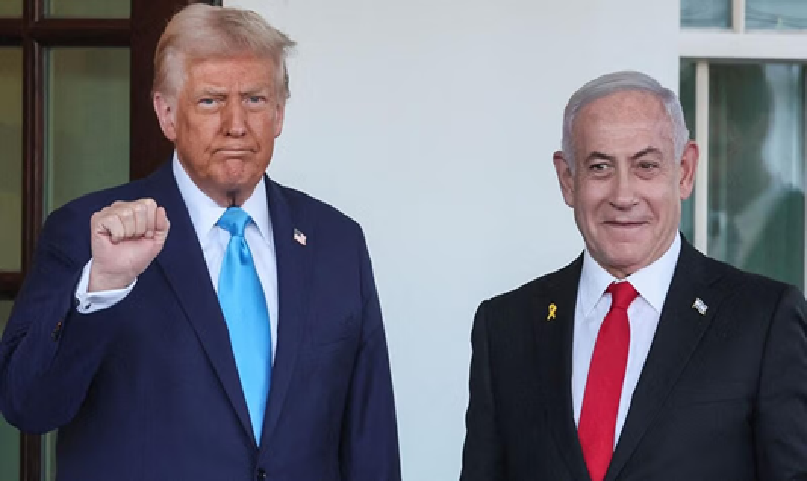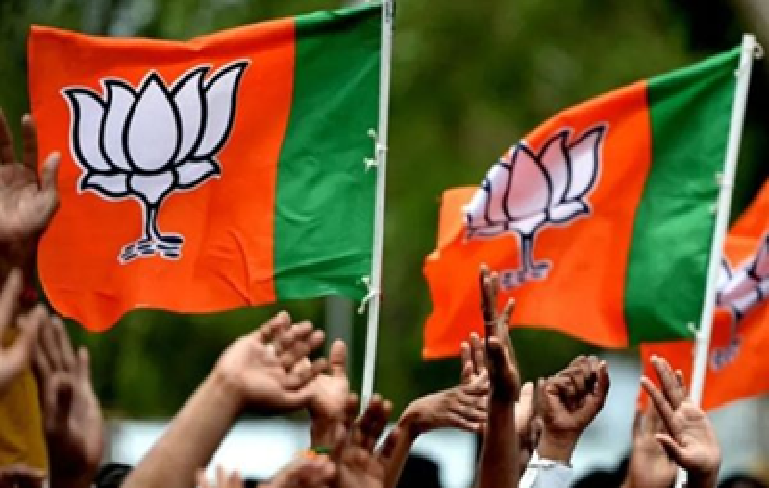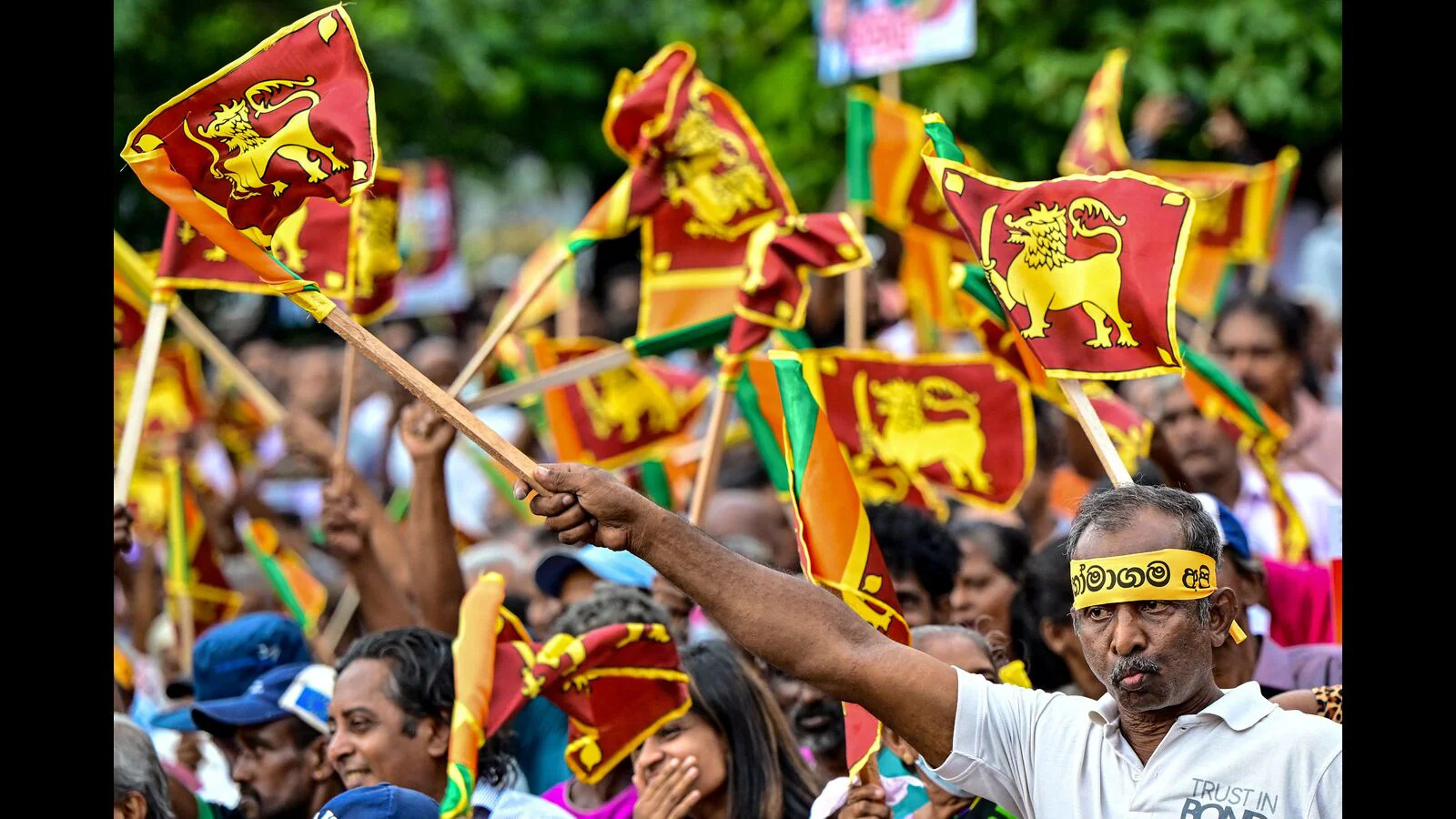
A clean break from the past in Sri Lanka
The Sri Lankans who have voted to make Anura Kumara Dissanayake the new President of the island nation, have essentially voted for a total break from the past. The new incumbent in office leads the National People’s Power (NPP), an alliance led by the left-wing Janatha Vimukthi Peramuna (JVP), the main communist party of Sri Lanka and includes 26 other smaller opposition parties and groups. The election in which around 79% of the nation’s electorate exercised their franchise, saw Dissanayake come out on top with over 42% votes. It necessitated a second count of the votes to enable addition of second preference votes, the first since the nation began to have executive presidency which was introduced by the new Constitution in 1978. It will indeed be worth watching the trajectory of the nation where former ruling parties viz, Sri Lanka Freedom Party and the United National Party, parties that traditionally dominated the political landscape, have been kept away.
Dissanayake, generally known as ‘AKD’, has roots in Marxist-Leninist ideology with JVP having tapped generously into urban youth’s anger and disillusionment and the establishment’s austerity measures under the Ranil Wickremesinghe’s government which replaced the dispensation lorded over by the Rajapaksa brothers. It is not certain how the new ruling combine would negotiate the economic crisis facing the tiny nation. While the party he heads is known for rejecting neoliberalism as well as classical socialism as failures, he has called for a systemic change and blames the nation’s current crisis upon the ‘culture of corruption’ espoused by past regimes. Going by his pre-poll pledge to go for dissolution of Parliament immediately after his election, AKD’s immediate task would be to hold elections for the 225-member Parliament which needs to meet ‘not later than three months following dissolution of the house”. It will be challenging for him to muster a majority in the House given the narrow social base of the new alliance. Currently, the Parliament has only three NPP members. Next comes the restructuring of the economy and the negotiation of foreign debts that amount to well over $20 billion by now. Wickremesinghe could bring in a $2.9 billion 4-year bailout in 2022 to stave off the payment crisis, free fall in its currency’s value and steep shortfall in forex reserves.
The tentative steps have allowed only a laborious ascent since then. It allowed the nation to bridle the runaway inflation from 70% to bring it down to 0.5, but only with slight improvement in the economy which was shrinking at 7.3 per cent at the height of the crisis. Promise of creating 20,000 teachers’ jobs, revamping of the state industries to make them profitable and rejuvenation of tourism, the only sector that earns the nation foreign exchange, would be a tall order for the 55-year old President. Revival of the economy will remain his top priority which presupposes political stability and ethnic bonhomie. The JVP has traditionally maintained a pro-China stance. Now that it is in the saddle of power, it ought to take into cognizance India's sensitivities towards the visit of Chinese research vessels which are viewed as potential spy ships by New Delhi. In January 2024, the Sri Lankan government declared a year-long moratorium on foreign research vessels.
Would the new government stand by its resolve will be tested in the coming months. Maintenance of peace in the Tamil-dominated northern and eastern provinces ought to be the key postulate of good neighbourly ties with India. Given the voting statistics, Sajith Premadasa was the most favourite among the three top contenders in Tamil areas. This calls for Dissanayake to walk an extra mile in his outreach to the Tamil population. Notably, Dissanayake visited Delhi early this year to open the channels of communication with the establishment in Delhi. Cordial ties with India will enable the southern neighbour to enhance multifaceted cooperation that has remained the cornerstone of bilateral relations.
 English daily published in Bengaluru & Doha
English daily published in Bengaluru & Doha

